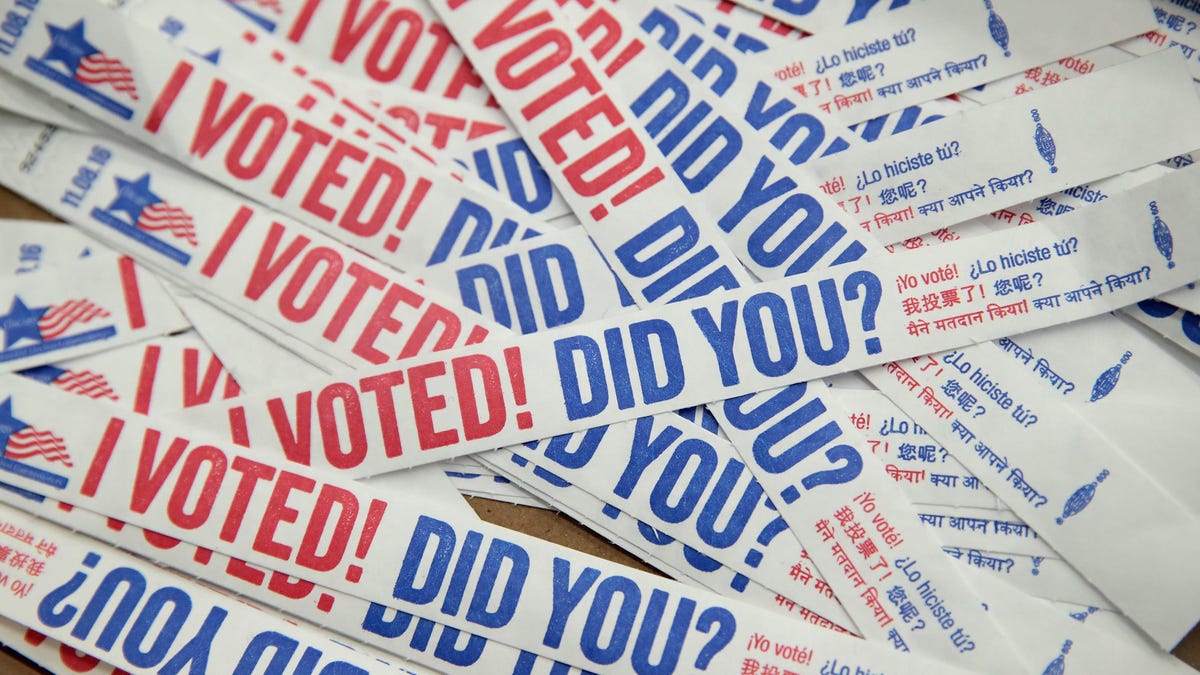College student voting doubled in 2018, say researchers
New study shows a watershed election year for turnout.

College student voting turnout doubled in 2018 compared to the 2014 midterm elections, according to a new report from Tufts University released Thursday. The study analyzed the voting patterns of more than 10 million students on 1,000 campuses.
Increases were seen at virtually all campuses, researchers at Tufts' Institute for Democracy & Higher Education found, with the average voting rate among the campuses rising from 19.7% in 2014 to 39.1% in 2018. That puts the turnout for the 2018 midterms much closer to their estimate of the 2016 presidential election turnout (51.3%).
"At a time of increased activism and voter participation by all Americans, today's report highlights even greater interest among college students," said Nancy Thomas, director of the institute, in a release.
Researchers found the largest voter increases across racial and ethnic groups were Hispanic students, who increased from 14% to 36.5%. Women in college continued to vote at higher rates than men in 2018, while black women continued as the most active campus voters. Hispanic women made the largest gains.
Voting rates were higher among students in the humanities, social sciences and education fields, while STEM and business majors lagged.
The new findings follow unrelated reports that Democratic campaigns and organizations sent 350 million texts in 2018 -- six times more than were sent in 2016 and 2017 -- and that registered voters aged 27 to 50 turned out at a rate almost 8% higher than those in that same age group who weren't texted.

